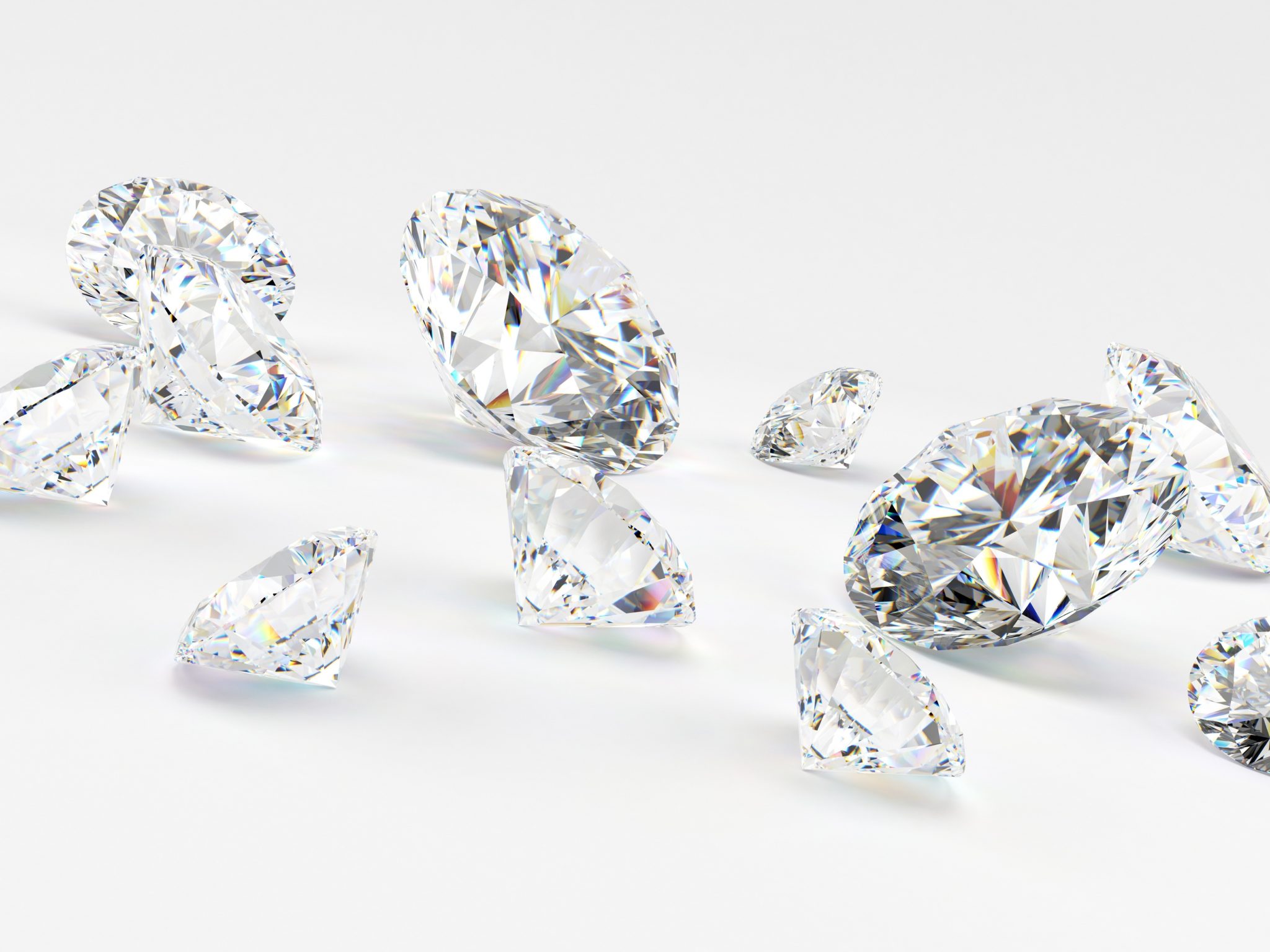From the mine to your finger, this is how blockchain is helping stop conflict diamonds minimizing its presence in the supply chain.
Do you know where your diamonds come from? Ethically-sourced minerals and gems have gained a lot of traction of late. And increasingly, globally, consumers want to ensure that what they are buying is conflict-free.
In 2003, the Kimberley Process (KP) was established to increase transparency in the diamond trade while eliminating trade in conflict diamonds. Two years later, Everledger created the Diamond Time-Lapse Protocol, a high-tech traceability initiative built on a blockchain-based platform for the diamond and jewelry industry.
And in January, the De Beers Group announced that it would be developing the first blockchain technology initiative (called Tracr) which will be made available to the rest of the industry at the end of the year.
If you’re unfamiliar with the term, blockchain refers to a chain of transactions grouped into ‘blocks’ that are not editable by anyone – it’s an incorruptible digital ledger where every transaction is linked to the next. What is revolutionary about blockchain technology is that both people and organizations can transact in the form of smart contracts.
Why use blockchain to track diamonds through supply chains?
“Unlike other commodities – such as oil, copper or gold – individual diamond cuts have unique elements, these can be turned into data attributes that reinforce the immutability of every transaction on the blockchain,” explains Melina Mutambaie Katende, a blockchain researcher from the Democratic Republic of the Congo, currently studying at the University of Johannesburg’s department of Applied Information Systems.
“In computer science, the word ‘immutable’ comes from object-oriented programming. It means that the state of any object recorded in a piece of code cannot be modified once it has been created. Blockchain is a prime example of immutable records.”
IBM’s TrustChain initiative has already been up and running for a year. TrustChain is a consortium which uses blockchain technology to track and authenticate diamonds, precious metals and jewelry at all stages of the global supply chain, from mine to retailer. With this kind of blockchain, everything is decentralised, which means anyone can go into a ledger and see the movement of a particular stone or set of stones. It’s about transparency, proving to consumers that their purchases don’t include conflict metals or blood diamonds, and are ethically-sourced.
“Richline Group, whose head office is in South Africa, is the manufacturer. Then there’s Helzberg, a jewelry retailer, and Leach Garner, a precious metals supplier, as well as Asahi Refinery, who also do precious metals. It’s from [the] ground to wearing it on your finger,” explains Bridget van Kralingen, a Senior Vice President at IBM who heads up Global Industries, Platforms and Blockchain.

Bridget van Kralingen, SVP, IBM Global Business Services.
But this level of transparency isn’t free. Will consumers be willing to pay extra for a digital copy verifying the provenance of the materials used in their engagement rings?
The answer is yes: according to Van Kralingen, 66% of people are willing to pay more for something that’s sustainably and ethically sourced – this number goes up to 73% where millennials are concerned.
“One company can lie. Eight companies are scarcely likely to lie to you. Business is an exchange but you need proof for trust. Blockchain brings proof. With TrustChain – you can prove it and you have an ecosystem which puts its name behind it. It makes your product superior from a sustainability point of view,” she says.
A tamper-proof system, like TrustChain, is needed to track minerals in order for producers to legally obtain them, yet blockchain does have its faults – as a system, it will need to find a way to accommodate small scale and artisanal miners, for one.
According to Nicolaas C Steenkamp, a well-known independent mining consultant, blockchain cannot fully ensure that conflict minerals don’t make it into the market – it just makes it harder for them to enter the market.
“The sad reality is also that if products such as minerals and gemstones are worth enough, syndicates will find a way to influence the system. As the verification of blockchain platforms currently run on a 51% basis, employing ‘boiler rooms’ could be used to manipulate the provenance records,” he says.
Blockchain will only have value for the entire supply chain when you have a majority buy-in from the industry. Considering how often the minerals or gemstones physically change hands, the blockchains will also become increasingly complex.
“There are already rumblings around the increasingly long time the verification of a transaction takes. Mines based in remote areas with limited connectivity may struggle to connect and run these platforms if it takes several hours of even days,” explains Steenkamp.

Nicolaas Steenkamp. Photo provided.
TrustChain is an enterprise blockchain, which means it is secure, scalable and fast. It’s also private and permissioned. Currently, IBM is running 400 blockchain networks across various industries around the world.
“Technology is not the issue, it’s already good enough for many exchanges and transactions. It’s not going to be as fast as doing high-speed trading in an investment bank, but you wouldn’t want to put that on a blockchain,” says Van Kralingen.
From food safety to trade finance, blockchain is an engine that will change the way the world does business. Its potential to eliminate paperwork, enable new business models and improve transparency and traceability is unmatched.
“The world that we’re going into is one where people want people to be treated fairly… We’ve come a long way from pure convenience. In the supply chain, convenience is a key factor, closely followed by personalization. But then you get sustainability and ethics. Blockchain is made for that,” says Van Kralingen.
